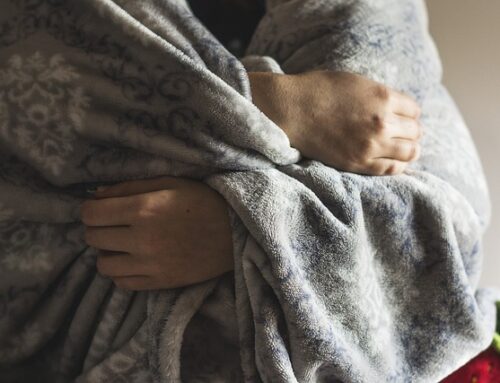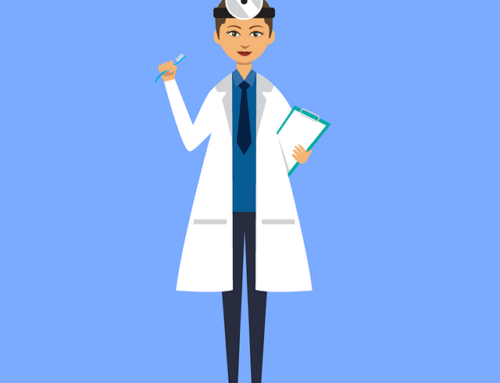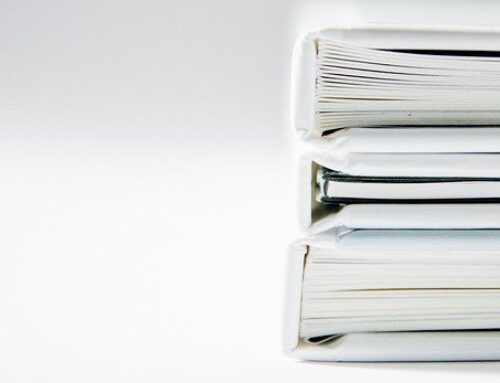At the beginning of March we were introduced to a new set of guidelines for sleep apnea testing. The American Academy of Sleep Medicine (AASM) developed new guidelines with an expert task force of board-certified sleep medicine physicians. These guidelines were then published in the Journal of Clinical Sleep Medicine.
The Guidelines
Recommendations were based on a systematic literature review, meta-analyses, and assessment of the evidence using the Grading Recommendations Assessment, Development, and Evaluation (GRADE) method. These new guidelines also include circumstances in which an attended polysomnography in an accredited sleep center or home sleep testing should be done for suspected obstructive sleep apnea (OSA). It’s a lot to take in, but these guidelines were created to further help us dentists, and other physicians, better treat our patients.
In addition to new guidelines, there were also updated recommendations from previous practice parameters published in 2005 and 2007. For the foundation of high quality care when diagnosing OSA, two “good practice statements” were adopted:
- Diagnostic testing for OSA should be conducted along with a comprehensive sleep evaluation and adequate follow-up.
- Polysomnography is the standard diagnostic test for adults in which OSA is suspected based on a comprehensive sleep evaluation.
To further help clinicians in diagnosing OSA in adults, the following recommendations were also made:
- Clinical tools, questionnaires and prediction algorithms should not be used to diagnose OSA in adults, in the absence of polysomnography or home sleep apnea testing.
- Polysomnography, or home sleep apnea testing with an adequate device, should be used for the diagnosis of OSA in uncomplicated adult patients presenting with signs and symptoms that indicate an increased risk of moderate to severe OSA.
- If a single home sleep apnea test is negative, inconclusive, or technically inadequate, polysomnography should be performed for the diagnosis of OSA.
And the list goes on, but it is important to understand these guidelines so we can better care for our patients.
Where do Dentists Come Into the Picture?
As you know, dentists don’t diagnose sleep apnea, but we can recommend our patients seek outside help. If your patient is displaying signs and symptoms of sleep apnea, it is important to be prepared. While you can’t diagnose them, you can recommend a doctor to visit for a proper diagnosis. You can also share your knowledge of the process so your patient doesn’t go into it blindly.
To review the guidelines and learn more about these new additions, you can read the article here.





